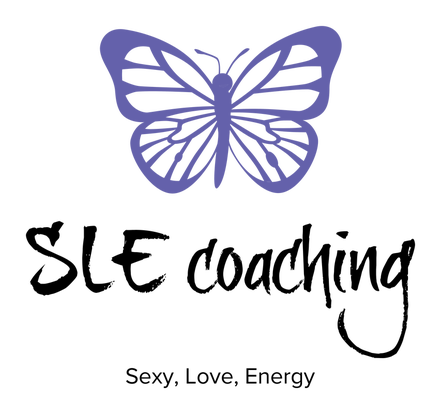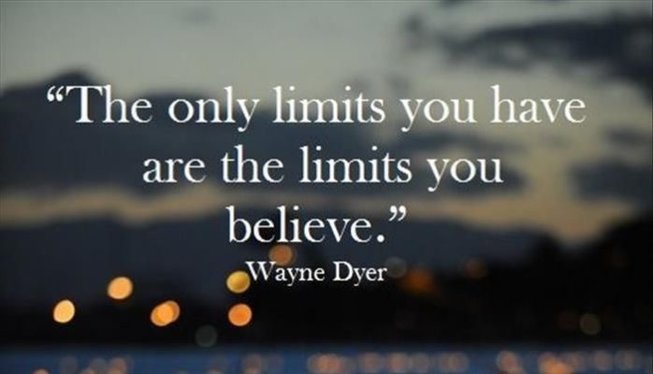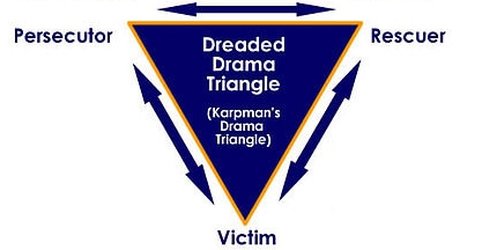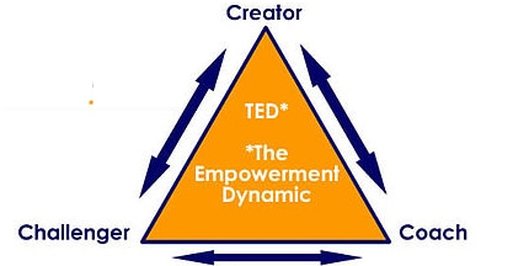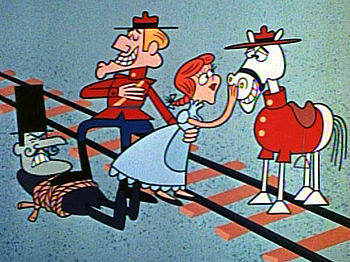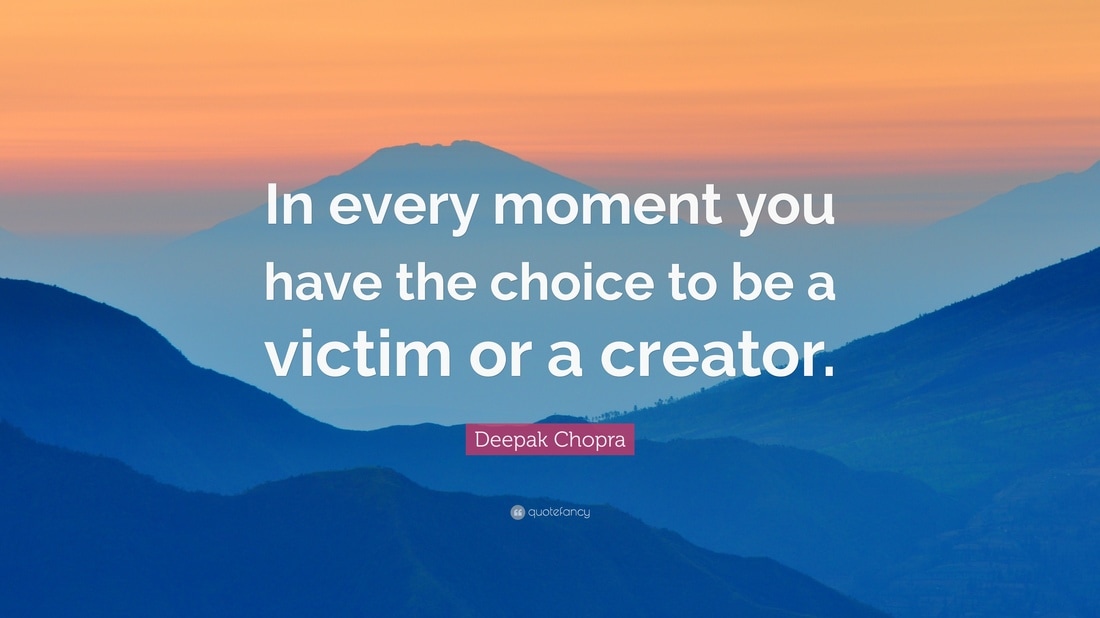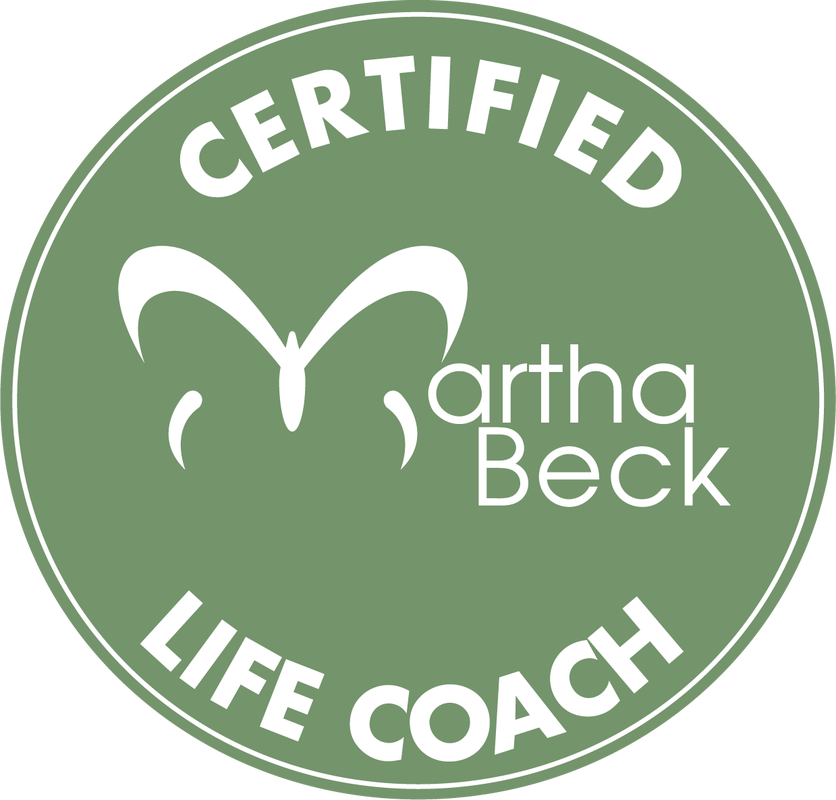|
Welcome to a brand new year! This is that time of year that many people will try to make big changes in the way they show up in their lives and it’s admirable that we WANT to make changes that we see as a means of improving ourselves. Trouble is, it takes more than just wishing for a change or knowing we need to make a change that causes it to happen. Most of humanity sleepwalks through much of their lives – never realizing that they carry with them limiting beliefs and roles that they play in relationships that prevent change from occurring. Most of us don’t really take full responsibility for the lives we create for ourselves. Now you may be thinking right now that you are NOT a sleepwalker and maybe you aren’t. For me, I have spent decades trying my very best to learn, grow, become my best self… and STILL I find myself in thought patterns and beliefs that I KNOW for a fact no longer serve me, but there I am, playing them out. Zzzzzzzzzzzz. Sleepwalking. It shows up as blame of others, blame of myself, judgement, anger, frustration and thinking I know how others “should” behave. These are all symptoms of not taking full responsibility for my own life and trying to drive in someone else’s lane instead of focusing on my own lane. You need to know that some of what I will outline in this blog may make you a bit uncomfortable as you see yourself in some of the roles I will describe and some of them are NOT attractive. I promise you though, that becoming aware of these roles and then making different choices will impact every relationship, your work, the way you deal with disappointments in your life. If you’re up for that, let’s get to it. In the late ‘60’s Steven Karpman M.D. developed what is called “The Karpman Drama Triangle”. This model of human interaction is about destructive patterns that can happen when we are in conflict with others. It’s also pretty much the exact same formula you will notice in movies, plays, even cartoons! This model shows the connection between personal responsibility and power in conflicts and the destructive and shifting roles people play. Each point of the triangle represents a role: The Persecutor, the Rescuer and the Victim. In his book The Power of T.E.D. by David Emerald, he uses the examples from a cartoon from my childhood: Dudley Do Right, so let’s apply those characters to the model… The Persecutor would be Snidely Whiplash, the bad guy, the villan, the problem. We see this in our lives with who or what we BLAME for our pain or suffering. Could be a person, a condition, or a situation. We see this person or condition as the CAUSE of our unhappiness. Think of who or what you find yourself blaming for your unhappiness and you’ve spotted what you consider to be the Persecutor. In this role, the Persecutor most fears the loss of control. So this fear drives them to try and feel powerful and sometimes they do this in ways that are not what we consider to be loving toward us. The thing is though, most of the time the Persecutor is not doing it TO us, we are simply choosing to react to it due to our own filters and the ways we see life. Next up is the Rescuer. This would be Dudley Do Right! This role is all about saving the day, being superior and if they don’t have someone to rescue, they lose their purpose and even their identity sometimes. The Rescuer most fears not being needed. This is why they often tell us what to do, fix things and situations, so they feel needed. I step into this role over, and over, and over again. It is NOT productive and to be a rescuer you must believe that you have the next role on the triangle… a VICTIM! The Victim is the “poor me”, “I’m powerless”, “I give up”, “the dog ate my homework” Nell Fenwick from the cartoon. The Victim fears not having a problem because that would mean no attention. Without a dilemma to react to – there is no drama and this is what gives the Victim what they need. Victim role means you don’t have to take responsibility for your life – we are at the will of others, circumstances, conditions. If you think you don’t ever step into this role… I would suggest that you are sleepwalking, because we ALL do it from time to time. All three of these roles are focused on PROBLEMS and look for someone or something to blame. They are all also reactors. They react to others, situations and most often that reaction comes from anxiety and fear. So let’s try an example with our three roles. The Persecutor (Snidely Whiplash) says or does something hurtful to our Victim (Nell Fenwick). In rides the Rescuer (Dudley Do Right) to save the day! In your life this Rescuer may be a spouse, a friend, a co-worker. He tells Nell how right she is, how awful Snidely is and that he’s going to give the Persecutor a piece of his mind next time he sees him. He’ll take care of it! Dudley (the Rescuer) just did Nell a terrible disservice. He showed her that she is indeed powerless. He actually increases her sense of victimhood by rescuing her rather than EMPOWERING her to take care of the situation herself directly with the Persecutor, Snidely. The Victim becomes dependent on being rescued. Rescuers come in to save the day to bolster their own self-esteem, because they need to be needed in order to show up and stand in their own light. Now, if Nell turns down the help of Dudley, and continues to be a victim, Dudley can become quite dejected. The Rescuer feels unappreciated if the Victim doesn’t accept his help and continues to choose to feel bad or helpless. NOW the Victim becomes the Persecutor of the Rescuer!!! WOW! Did you get all that? Nell becomes the bad guy in Dudley’s eyes because she refused his rescue!!! The Rescuer, Dudley, becomes a MARTYR… which is another word for Victim. And round and round it goes!!! So how do we get off this crazy hamster wheel!?!?!? One person in the relationship must go first to step off the Drama Triangle. The person who is most self-aware (a.k.a. YOU) must go first to shift the dynamic. We step off by choosing The EMPOWERMENT Dynamic… The triangle flips upside down with one up position and this former role of Victim becomes the CREATOR. A Creator is focused on their vision and their passion motivates them. Instead of reacting, they choose a RESPONSE to life and circumstances. Being a Creator requires that you are conscious, awake in your life, aware of your actions, thoughts and words and take responsibility for what you are creating. Not sleepwalking. Creators focus on what they WANT versus the Victim’s focus on problems and what they DON’T want or what is missing. In empowerment, The Persecutor becomes the CHALLENGER. The Challenger calls forth the Creators will to create. The Challenger can be compassionate or confrontational or both! This role encourages growth and clarity from the Creator role and BOUNDARIES are one way this role does that. The Rescuer role, when we shift to the empowerment model, becomes the COACH. Engaged “on the field”, supporting and assisting other creators. Instead of rescuing with all the answers, a Coach asks questions that help Creators gain clarity and empowerment. The say things like “I know you can do this!” instead of “here, let me do that for you”. Just like the Challenger role, Coaches set boundaries that help the Creator gain clarity. “I will listen to your problem for 10 minutes and I will not make it mine to solve” would be an example of a boundary. Just like the Karpman Drama Triangle model, people in relationship move around The Empowerment Dynamic versus staying static in just one role. Take a look at your relationships. Can you see where the Victim orientation model is playing out sometimes or maybe all of the time? We ALL fall into the pattern sometimes but it can become a way of being that is constant if we aren’t aware and awake in our lives. When you catch yourself in one of the roles of the Victim orientation model, don’t kick your own butt for it. Simply notice and re-direct your energies and intention to moving to The Empowerment Dynamic model and the role that corresponds to where you caught yourself sleepwalking. Found yourself in the Victim role? We all need a 10 minute pity party now and then. But when you find yourself in the Victim role more than 51% of the time, it’s super painful. You know you are there when you are blaming, feeling powerless, complaining, focused on problems, talking about what you DON’T want or what’s missing, doing more than you want to for others, refusing to make decisions or get help like counseling or medication. These are all signs of the Victim role. See if you can make a conscious choice to step into the Creator role. Focus on responding, on what you WANT, on what feels good, appreciation, what sparks your passion. If you want to become a Persecutor (which I don’t recommend!) – one of the fastest ways to do that is to call someone a “Victim”. This is not helpful! We must make our focus on what we can learn about ourselves, not on teaching someone else their lesson or telling them they are just being a Victim. What’s really at play when someone steps into the Victim role is an unwillingness to take responsibility for their own life that THEY have created. As hard as it is to accept, no one is creating your life but you. It’s not what others are doing to you, it’s what YOU are doing, thinking, believing, saying that creates your life. So rather than telling someone else what role the appear to be in - according to you, I suggest you simply stay in your own lane, manage your responses and focus on what you want, what YOU can learn, and stay awake as much as you can to your own thoughts, behaviors and words. Some people will see you as their Persecutor no matter what you do, so just do you boo boo. If rescuing is your gig, try stepping into the Coach role. Rather than telling someone what to do, try asking questions or encouraging them. If you deal regularly with those in the Victim role – and if you are a recurring Rescuer, you do… you will have to set boundaries with those who have come to rely on you to solve all their problems. This can be a difficult thing to learn and I am working pretty hard on this particular item in my life currently, so I know it ain’t easy. Just remember, you taught those who seem dis-empowered to depend on you to build your own self-esteem. This is a house of cards that won’t hold up because it’s basing how you feel about yourself on something outside yourself. By becoming a coach, you not only empower those who have come to depend on you, and in turn drive you away from them with their neediness, you will also empower yourself through knowing where your own boundaries are. Shifting to Empowerment from a Victim orientation in a relationship means you set an intention to not come from FEAR. It also takes consciousness and it also takes courage. “The only way to courage is through vulnerability” according to Dr. Brene’ Brown. So let’s get vulnerable and come from love instead of fear. Love. That’s what empowerment is all about my friend. XOXOXOXOXOX Sandy
2 Comments
Sherry
1/8/2017 09:44:18 am
Reply
Leave a Reply. |
Sandy Edie HansenI use this space to "Chat" about things I am working through and learning in my life currently. Join me! Archives
September 2022
Categories |
Proudly powered by Weebly
